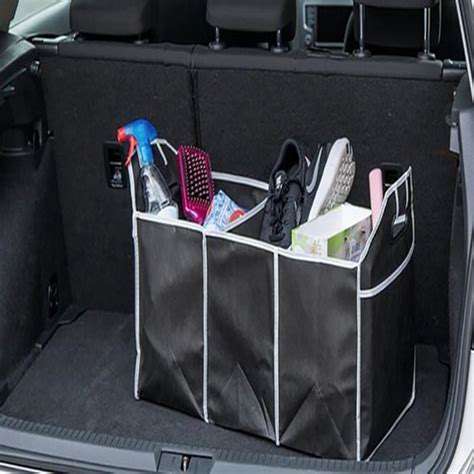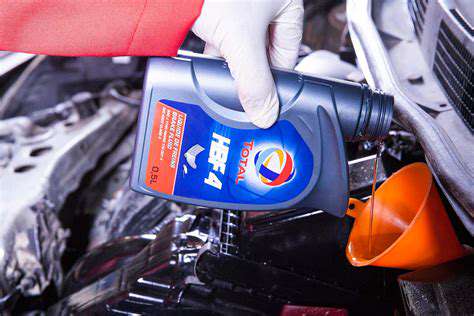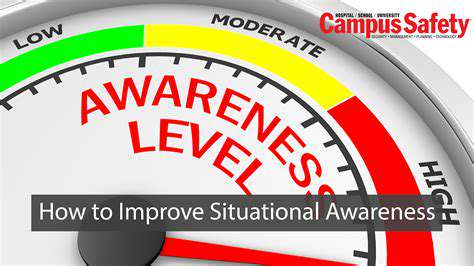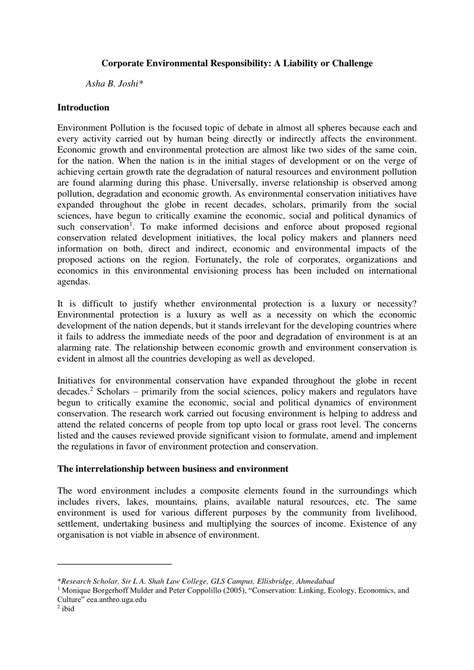
Troubleshooting Common Issues with Gesture Control
Understanding Gesture Recognition
Gesture recognition technology in modern vehicles is designed to respond to specific hand movements for various functions, from adjusting the infotainment system to controlling climate control. This technology relies on sophisticated cameras and sensors that interpret hand shapes, movements, and orientations to translate them into commands. Accurately interpreting these gestures requires a clear line of sight to the camera, and environmental factors like direct sunlight or glare can impact performance. Understanding how these systems function is key to troubleshooting potential issues.
Different gesture commands may have different sensitivity levels. For example, a subtle hand movement might be required to activate a specific feature, while a more pronounced gesture might be needed for another. Knowing the specific requirements for each gesture can help users avoid frustration and ensure that commands are recognized reliably.
Troubleshooting Issues with the Camera
One common problem with gesture control is a malfunctioning camera. If the system consistently fails to recognize gestures, or if the recognition is erratic, the camera itself might be the culprit. This could stem from issues with the camera lens, the sensor, or the image processing software. A dirty or obstructed camera lens can prevent clear image capture, leading to inaccurate gesture interpretation.
Checking for obstructions like dust, debris, or even fingerprints on the camera lens is a simple first step in troubleshooting. If the camera is housed within a protective housing or shield, ensure that this shield isn't damaged or obstructing the camera's view. If possible, consult your vehicle's user manual for specific cleaning instructions and guidelines for the camera.
Environmental Factors Affecting Recognition
Environmental conditions can significantly impact the accuracy of gesture recognition. Sunlight, glare, rain, or snow can all create reflections or distortions that interfere with the camera's ability to clearly see your hands. Using gesture control in direct sunlight or under harsh weather conditions can result in the system failing to recognize your inputs accurately.
Additionally, reflective surfaces or objects near the camera can create unwanted reflections, which may lead to misinterpretations of your hand movements. Using gesture control in an environment with excessive light or glare will likely result in inaccurate or delayed responses.
Calibration and Settings
Proper calibration is essential for optimal gesture recognition. If the system is not calibrated correctly, it may not accurately interpret your hand movements. Your vehicle's infotainment system may have a calibration menu that allows you to adjust the system's sensitivity and recognition parameters.
Sometimes, the gesture recognition system needs to be recalibrated after certain maintenance procedures or after a change in the vehicle's environment. Consulting your vehicle's owner's manual or contacting a qualified technician can help determine whether a recalibration is necessary or if other settings need adjusting.
Software Updates and System Errors
Software updates are crucial for maintaining the functionality of your vehicle's technology, including gesture control. Outdated software may not be compatible with the latest gesture recognition algorithms, potentially leading to errors or inaccuracies. Regularly checking for and installing software updates will ensure that the system runs smoothly and efficiently.
If the gesture control system is exhibiting unusual behavior, such as freezing, crashing, or displaying error messages, it might indicate a software glitch or error. Contacting your vehicle's manufacturer or a qualified technician is recommended to address these issues and ensure the system is functioning correctly. Sometimes, a simple software update can resolve these problems.
Optimizing Your Gesture Control Experience

Understanding the Fundamentals of Gesture Control
Gesture control technology, while rapidly advancing, relies on a foundation of precise sensor readings and sophisticated algorithms. These algorithms interpret the subtle movements of your hands and body, translating them into commands for devices. Understanding this process is key to optimizing your experience.
Proper calibration is crucial for accurate gesture recognition. This involves carefully positioning your hands and arms in relation to the sensor, ensuring that the system can consistently and reliably identify your intended actions. Ignoring this step can lead to frustrating inconsistencies.
Optimizing Your Hand Position and Movement
Maintaining a consistent hand position and smooth, deliberate movements significantly improves gesture recognition accuracy. Avoid sudden, jerky motions as they can confuse the system, leading to incorrect interpretations of your commands. Instead, focus on slow, controlled gestures for optimal results.
Environmental Factors and Their Impact
The surrounding environment can significantly affect gesture recognition. Obstacles like walls, furniture, or even reflections can interfere with the sensor's ability to accurately track your movements. Ensure that the area around the sensor is clear and free of obstructions.
Lighting conditions play a critical role in the effectiveness of gesture control. Dim or inconsistent lighting can cause the sensor to struggle with accurate readings. A well-lit environment is essential to optimize your gesture control experience.
Troubleshooting Common Issues
If you're experiencing problems with gesture control, consider factors such as interference from other devices or software conflicts. Restarting the device or checking for any updates to the software can often resolve these issues.
Another important factor to consider is the physical distance between your hands and the gesture sensor. Keeping the correct distance, as recommended by the device's instructions, is vital for successful operation. If the distance is too great or too small, it can disrupt the sensor's ability to properly interpret your input.
Advanced Techniques for Enhanced Control
Explore advanced techniques, such as using multiple gestures in combination, to achieve complex commands. Experiment with different hand postures and movements to discover unique and efficient ways to interact with your devices. This exploration can lead to more intuitive and personalized control.
Mastering multiple gestures can dramatically enhance your efficiency, enabling streamlined tasks. Take the time to learn the full range of gestures available, and you'll unlock a more versatile and productive user experience.
Maintaining Device Calibration and Software Updates
Regular calibration ensures the sensor accurately reflects your movements. Follow the device's instructions for proper calibration procedures, ensuring optimal performance. This step is crucial for maintaining consistent accuracy over time.
Keeping software up-to-date is essential for optimal gesture control performance. Software updates often include bug fixes and performance improvements that can greatly enhance your overall experience. Regularly checking for updates is an important part of maintaining optimal device functionality.











